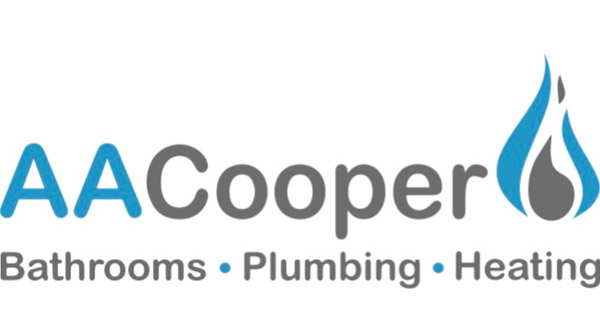It’s no secret that kitchen and bathroom renovations add the most value to properties but what specific renovations incite a bigger return on investment? Tap Warehouse consulted with property professionals to discover which elements in the kitchens and bathrooms are the most desirable for house hunters and could add the most value to your home. Here’s what experts said:
As far as kitchens go, the most valuable features are: glass doors, durable worktops, breakfast bar, quality tiles, kitchen islands, adequate lighting and modern storage units.
In terms of bathrooms, good quality tiles, power showers, bathtubs, walk-in showers, a neutral colour scheme, underfloor heating, and sturdy fixtures are the most desirable and valuable bathroom aspects. And to be even more specific, property experts hailed good tiles and grouting as the most popular bathroom investment by homeowners, and baths and power showers are the second most popular.
Popular renovations and profitable renovations are, of course, not necessarily the same thing. A critical consideration when renovating your property (with the intention to sell) is who is likely to be your buyer. For example, if you live near schools, it’s probable your house will attract family buyers, which means that space will be of optimum value; over-compensating in a bathroom with a bathtub and a shower cube is not likely a win, even if you really like the idea.
Tailor your renovations to the market, and when in doubt go neutral and stay simple.
For more information on kitchen and bathroom renovation costs and return, visit Tapwarehouse.com
For all your plumbing and installation needs, feel free to contact the team at AACooper on 01689 485007 or info@aacooper.co.uk – we’re happy to help.

